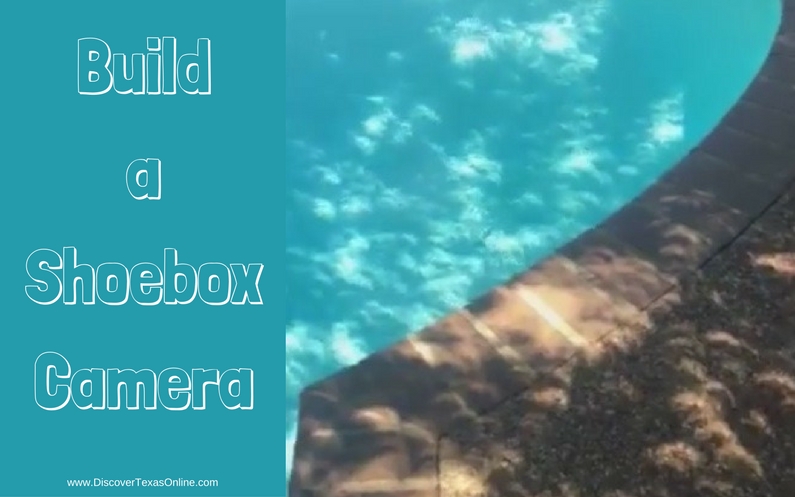
On Monday, I put up a longer-than-usual blog post explaining, step by step, how to use current events or topics of interest as a springboard to build multi-disciplinary unit studies you can do with students of all ages. In fact, it’s how I continue to learn, myself! (Old homeschool mamas never retire. They just run out of students and have to find new ones!)
Anyway…AFTER the eclipse, several friends posted photos they took featuring an unusual phenomenon. During an eclipse, the sunlight filtering through tree leaves casts an image of the eclipse on the ground. It’s quite beautiful, really…but I couldn’t really explain it.
One of my friends posted this.

What happened next is such a great example of how and why unit studies work so well, I thought I’d tell you about it as a follow-up activity. 🙂
Renee is sort of an amateur science guru. She’s curious about science-y stuff, asks really good questions, and has learned how to find the answers. That makes her a great resource when I’M trying to find science answers. So I wrote her and said, basically, “Hey, Renee, why does this happen?” In her first reply, she said, “Not really sure.” But then (like I hoped she would), she replied again and said, “I think it’s like a whole bunch of pinhole cameras. The leaves act like the box and let in some light through the gaps.” Makes sense to me!
This is exactly how unit studies make students more observant of things they might never have noticed or thought about before, and how a good dose of healthy curiosity can keep growing and growing until the little scamps are just running around learning about everything they can get their hands on like “schooling” is fun or something. The nerve of them! 😉
Jury’s still out on whether or not the pinhole camera theory accurately explains the phenomenon, but this is how scientific theory works.
- You get curious.
- You come up with a theory that might explain things.
- You test the theory.
So, since it’s Friday, how about building a pinhole or “shoebox” camera with your kiddos to learn more and test the theory?
This first video shows how to make a pinhole viewer to watch a solar eclipse safely.
The second video shows how to make a shoebox camera that you can use to take actual pictures!
https://youtu.be/NnOTtfkilLc
Have fun taking pinhole photos and finding out how light casts images! And remember this when the next full solar eclipse crosses Texas on April 8, 2024! 🙂



